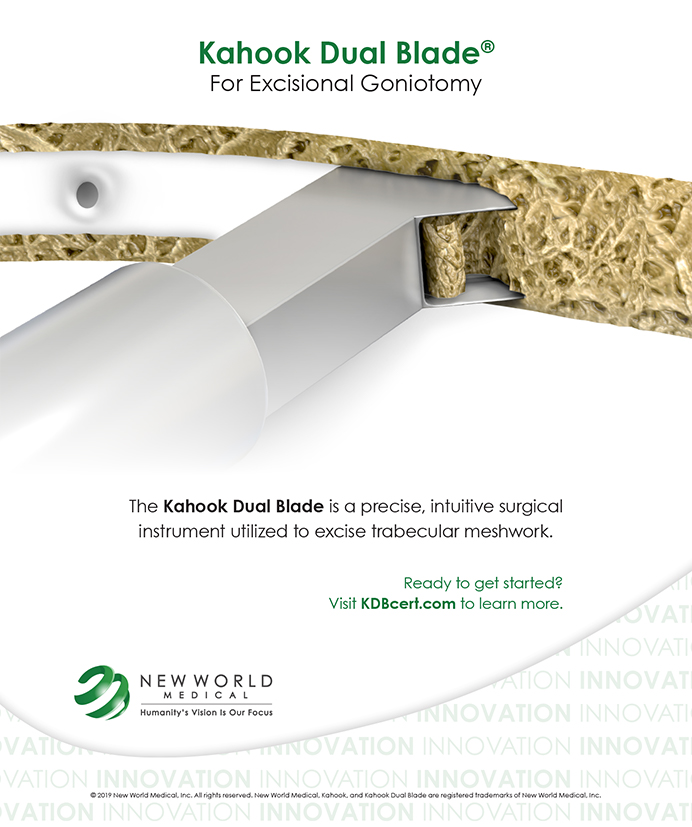
Merriam-Webster defines renaissance as rebirth or revival. With all the new microinvasive glaucoma surgery (MIGS) procedures and pharmacologic therapies that have recently appeared, it is certainly not difficult to imagine that we are in a renaissance of sorts, a new age of advances in glaucoma treatment.
As an anterior segment surgeon, I have devoted a significant amount of time to learning new ways to take care of my patients who have glaucoma. With the advent of the iStent Trabecular Micro-Bypass Stent (Glaukos) several years ago and the more recently introduced trabecular meshwork-based MIGS procedures, many of us have gone from referring all our patients out of the practice for glaucoma surgery to doing hundreds of cases a year in-house. There is still much to learn as even newer modalities become available to anterior segment surgeons. It will take some time to determine which treatments are best suited for which patients. Also, some procedures may work well when combined with others, and some may be more appropriate as standalone surgeries.
The Renaissance was a time of great achievement, but also great turmoil. Wars raged, religious persecution was rampant, and diseases were poorly understood. We still have much turmoil today, and reimbursement for MIGS is a significant challenge. Some procedures are well established and generally covered, while others have little or no coverage and it is a challenge to make them economically viable in a private practice setting. Getting payers to cover patients for new drugs is no different, as the landscape is a minefield of gaps in payments. It is important for optometrists who are involved in the care of these patients to stay current with trends because patients often ask for our advice and input.
The benefit of all this energy and development, of course, is that we can provide our glaucoma patients with the best care and hopefully prevent serious loss of vision. Being able to perform a relatively simple surgery to avoid both vision loss and possibly a lifetime of eye drop use is truly a transformational achievement. This once-lofty goal seems very much within our grasp.
It’s doubtful that in the 1500s Michelangelo or Leonardo da Vinci ever used the term renaissance to describe the world they were living in. It wasn’t until much later that this period in history was seen for what it truly meant to mankind. Time will tell if the term can be rightfully applied to our world today.



